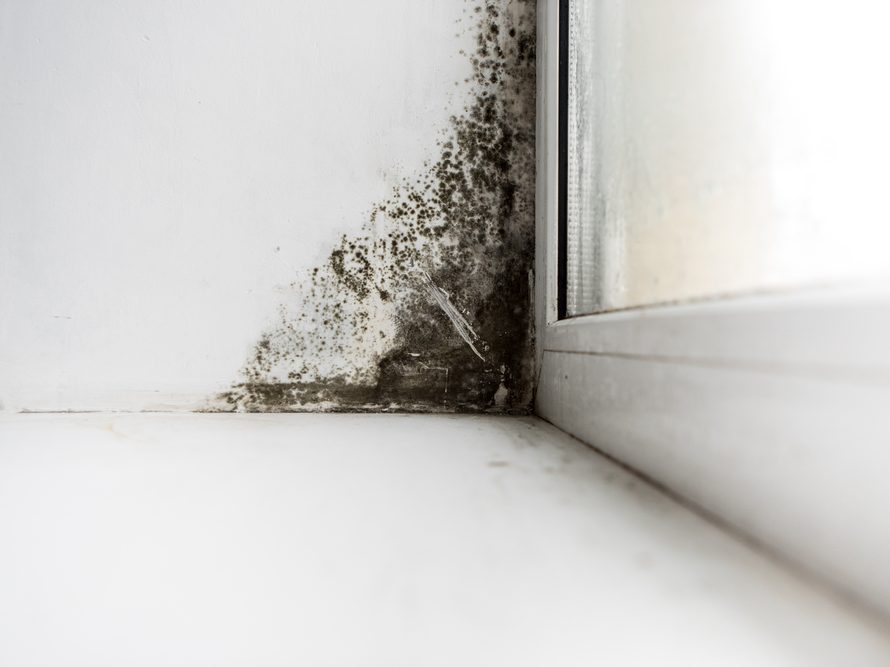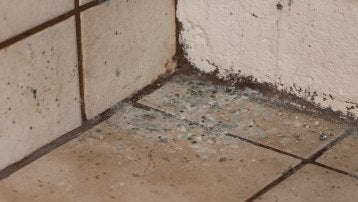Expert Tips for Blog Post Mold Remediation Success
In the world of mold and mildew removal, effectively removing mold and mildew is only half the battle; the real difficulty lies in stopping its reappearance. By sticking to professional tips and best practices, individuals can safeguard their spaces versus mold revival and preserve a healthy indoor setting.
Monitor Moisture Degrees Frequently
After finishing mold and mildew removal procedures, maintaining ideal humidity degrees is important to avoid mold and mildew re-growth and guarantee a healthy and balanced indoor environment. High moisture levels over 60% develop a helpful environment for mold to grow, making regular monitoring a positive measure to protect against any future mold and mildew concerns.
Making use of hygrometers or dampness meters can help in properly determining humidity degrees in different areas of the residential property. These devices provide real-time data that allows remediation specialists to make informed decisions concerning air flow, dehumidification, and various other necessary actions to preserve suitable moisture degrees post-remediation. Furthermore, developing a regular schedule for humidity checks, particularly in risky locations such as kitchens, cellars, and bathrooms, is a positive method to mold avoidance. By constantly monitoring moisture levels, homeowner can successfully alleviate the danger of mold reoccurrence and maintain a healthy indoor environment post-remediation.
Conduct Thorough Inspections Post-Remediation
Following the conclusion of mold and mildew removal treatments, it is important to conduct detailed inspections to verify the performance of the removal procedure. These post-remediation inspections are important in guaranteeing that the mold and mildew concern has been successfully resolved and that there is no reappearance or continuing to be mold and mildew growth. Inspections ought to be executed by qualified specialists that have experience in determining mold and mildew and assessing interior air quality.
During these inspections, various approaches such as visual analyses, air sampling, and surface area tasting might be employed to completely examine the remediated locations. Visual analyses include a thorough examination of the premises to examine for any noticeable indicators of mold development or water damage. Air tasting aids in figuring out the air-borne mold and mildew spore degrees, while surface area tasting can find mold particles on surfaces.
Implement Appropriate Air Flow Methods
After making sure the efficiency of the mold remediation procedure via detailed examinations, the following important step is to concentrate on executing appropriate air flow techniques. Sufficient ventilation is important in preventing mold and mildew reoccurrence by controlling moisture levels and advertising air circulation.
Correct ventilation not only aids in avoiding mold development however additionally adds to the general health and convenience of occupants. By making certain appropriate ventilation throughout the home, you can decrease the danger of mold and mildew regrowth and develop a much healthier living setting. Normal maintenance of air flow systems, consisting of cleaning and filter substitutes, is crucial to sustaining effective air flow. Consulting with heating and cooling specialists can give further insights into maximizing ventilation methods for your details residential property needs.

Usage Mold-Resistant Products for Repairs
To enhance the lasting efficiency of mold remediation efforts, integrating mold-resistant materials for repairs is crucial in alleviating the risk of future mold growth. Mold-resistant products are developed to withstand wetness and prevent mold and mildew growth, making them a crucial choice for locations vulnerable to dampness and moisture. When repairing areas influenced by mold and mildew, making use of products such as mold-resistant drywall, mold-resistant paints, and mold-resistant caulking can help protect against mold visit the site and mildew recurrence.
Mold-resistant drywall is an outstanding alternative to standard drywall in areas like basements and bathrooms where wetness levels are greater. This sort of drywall has an unique coating that withstands mold growth also when revealed to damp conditions. In addition, utilizing mold-resistant paints having antimicrobial agents can even more hinder mold and mildew development on ceilings and walls.
In areas where dampness is typical, such as restrooms and kitchen areas, using mold-resistant caulking around home windows, sinks, and bathtubs can help secure out water and avoid mold from holding in cracks and crevices. By investing in these mold-resistant materials throughout repairs post-remediation, you can dramatically lower the chance of future mold and mildew issues and maintain a healthier indoor atmosphere.
Maintain Cleanliness and Address Water Issues
Making sure sanitation and quickly attending to water issues are essential methods to support in guarding interior rooms from mold and mildew reinfestation. After mold and mildew remediation, it is critical to preserve a tidy atmosphere to stop the regrowth of mold (Post remediation mold testing near me). Normal cleansing, dusting, and vacuuming can help eliminate any remaining mold and mildew spores and stop them from multiplying and clearing up. In addition, maintaining indoor rooms dry and resolving any water concerns quickly is essential in mold and mildew prevention. Leakages, water invasion, or high humidity levels can create the perfect reproduction ground for mold and mildew, so it is imperative to fix company website any kind of water-related issues promptly.
To keep sanitation, think about using HEPA filters in vacuums and air cleansers to catch mold spores and prevent their blood circulation in the air. Making certain appropriate ventilation in areas susceptible to moisture accumulation, such as bathrooms and cooking areas, can help maintain humidity degrees in check. By remaining cautious about cleanliness and dealing with water concerns quickly, you can successfully avoid mold reinfestation and maintain a healthy indoor environment.
Verdict

In the realm of mold remediation, effectively eradicating mold is only half the battle; the true challenge lies in avoiding its reappearance. After like it finishing mold removal procedures, preserving ideal humidity levels is crucial to protect against mold and mildew re-growth and ensure a healthy interior environment. High humidity levels over 60% create a conducive setting for mold to thrive, making normal checking an aggressive procedure to avoid any kind of future mold problems.
To enhance the long-lasting efficiency of mold and mildew removal initiatives, including mold-resistant products for repair services is important in minimizing the risk of future mold and mildew growth. After mold and mildew removal, it is crucial to preserve a clean environment to avoid the regrowth of mold.